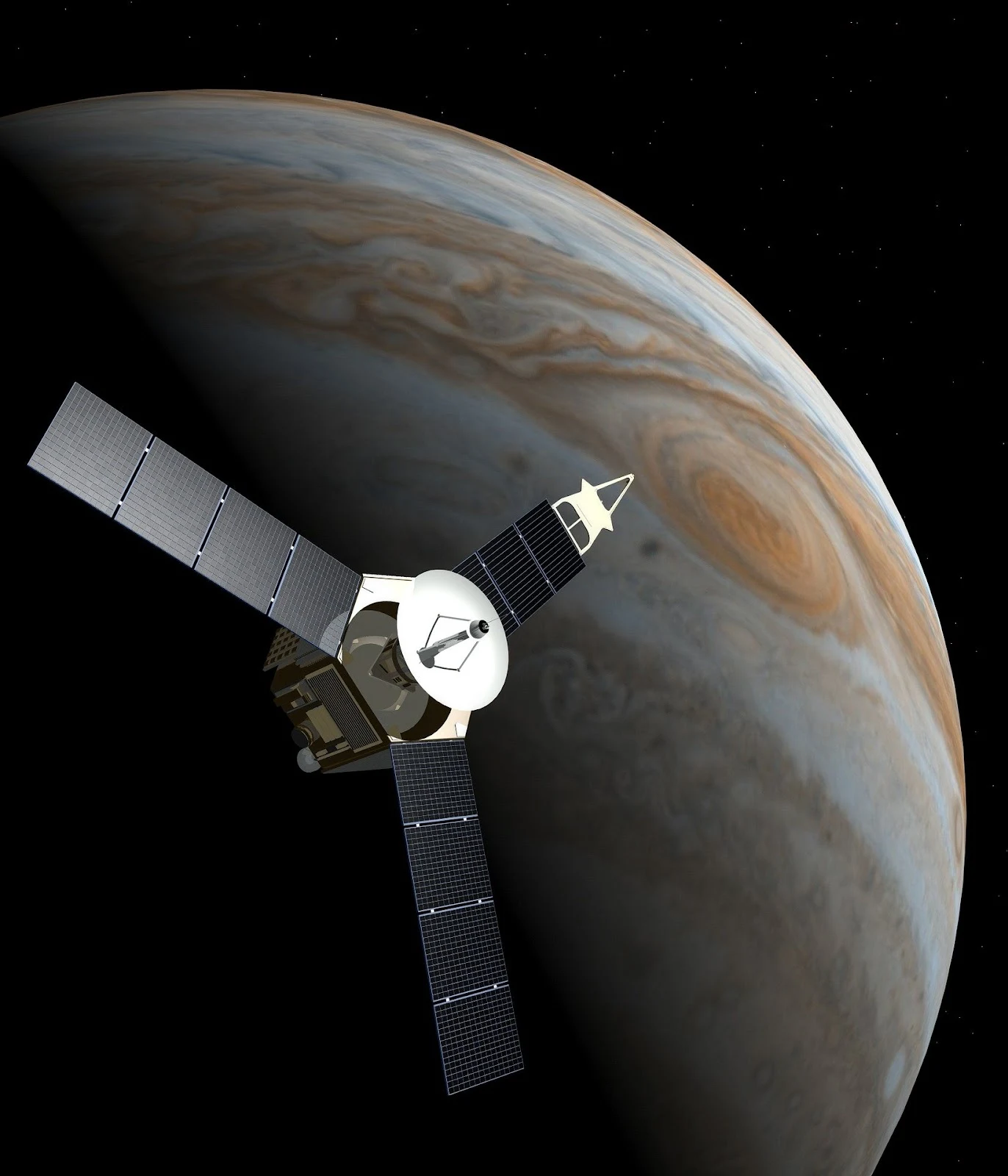Satellite radio has lately been successful in capturing a significant portion of the entertainment business, which is often regarded as one of the most dynamic and appealing industries. CD players, automobile CD players with storage capacity, and MP3 players are some of the options available to consumers in today's market. Audio entertainment items are quite popular, and consumers have a lot of options when it comes to playing nice music in their vehicles. When it comes to radio, on the other hand, there is an even greater divide: you have the option of listening to radio or going with one of the new satellite radio services. The main reason for the meteoric rise in popularity of satellite radio broadcasting over the last few years is that it provides listeners with a variety of exciting advantages that conventional FM and AM programs are unable to provide. It is impossible for analog radio stations to transmit the whole sonic spectrum that may be accessed by digital satellite radio; as a result, the sound quality of analog radio is significantly diminished. Because digital radio broadcasts are sent through a satellite, listeners do not need to change stations if they move out of a certain geographical region because the signal is received across the whole nation. Satellite radio solves this issue since the quality is so near to that of the original recordings it is playing, in contrast to traditional FM and AM transmissions, which include various sorts of noise disruptions.
Both the technology and the content
Many people continue to believe that satellite radio is out of their reach since it relies on such high technology equipment (satellites, tiny portable receivers), and as a result, they choose to listen to conventional radio. Satellite radio, on the other hand, is ideal for individuals of this generation since most young people can't wait to get their hands on the most recent technical breakthroughs, and therefore satellite radio caters specifically to this age group. Many people, given the option, choose to listen to conventional commercial radio stations instead than satellite radio due to the fact that traditional commercial radio stations are free to listen to. This decision was made one or two years ago. Nowadays, however, for the price of a membership that ranges between $10 and $12 a month, one can get dozens of good radio channels that cover music, sports, and news. The fact that there are no commercial breaks is another huge plus. The distinction was created via higher broadcast quality, good geographical coverage, and programming; satellite radio became popular in many respects as a direct result of the success of direct broadcast satellite television (DirecTV). High-quality programming is really the most malleable area where subscribers or listeners may be gained or lost, and this is the primary concern that terrestrial radio stations and satellite radio broadcasters are looking at right now. In order to get useful radio programming, several offers pertaining to widely discussed media subjects were made by satellite radio. It's possible, for instance, that satellite radio stations will be the only ones to air Major League Baseball broadcasts. Even though this is only a hypothesis at this point, there is a good chance that an increasing number of popular topics in the United States will be made available exclusively on various satellite radio programs. These programs could originate from Sirius or XM Radio or from some new broadcasters that will enter the market.
Everything boils down to the preferences of the buyer.
Everything is true that it does come down to that in the end. Some people chuckled at the concept of having to pay for radio; for as long as any of us can remember, radio programs have been provided at no cost. However, the satellite radio business has simply followed in the footsteps of the cable TV industry. Despite the fact that all Americans may receive free programming by using UHF and VHF antennas, more than 80 percent of Americans are prepared to pay monthly membership fees for satellite radio. Satellite radio transmissions are easily accessible and affordable for anybody to subscribe to, with prices starting at only $9.95 per month for XM and $12.95 per month for Sirius. And the reality of the matter is that satellite radios have shown, once again, that consumers are occasionally willing to pay for something that they used to receive for free as long as the ads are deleted. Radio ads often take up between 12 and 15 minutes of an hour's worth of airtime, which is an amount that many listeners find unacceptable since they tune in to hear their favorite shows uninterrupted. When they first introduced their paid membership services, both Sirius and XM Radio were aware of this fact, and they proved to be correct: each firm now has millions of paying customers. The satellite radio craze became even more widespread when it was adopted by the automotive manufacturing business. These days, almost all major manufacturers include satellite radio receivers, either as standard equipment or as an available option, with each of their models.

